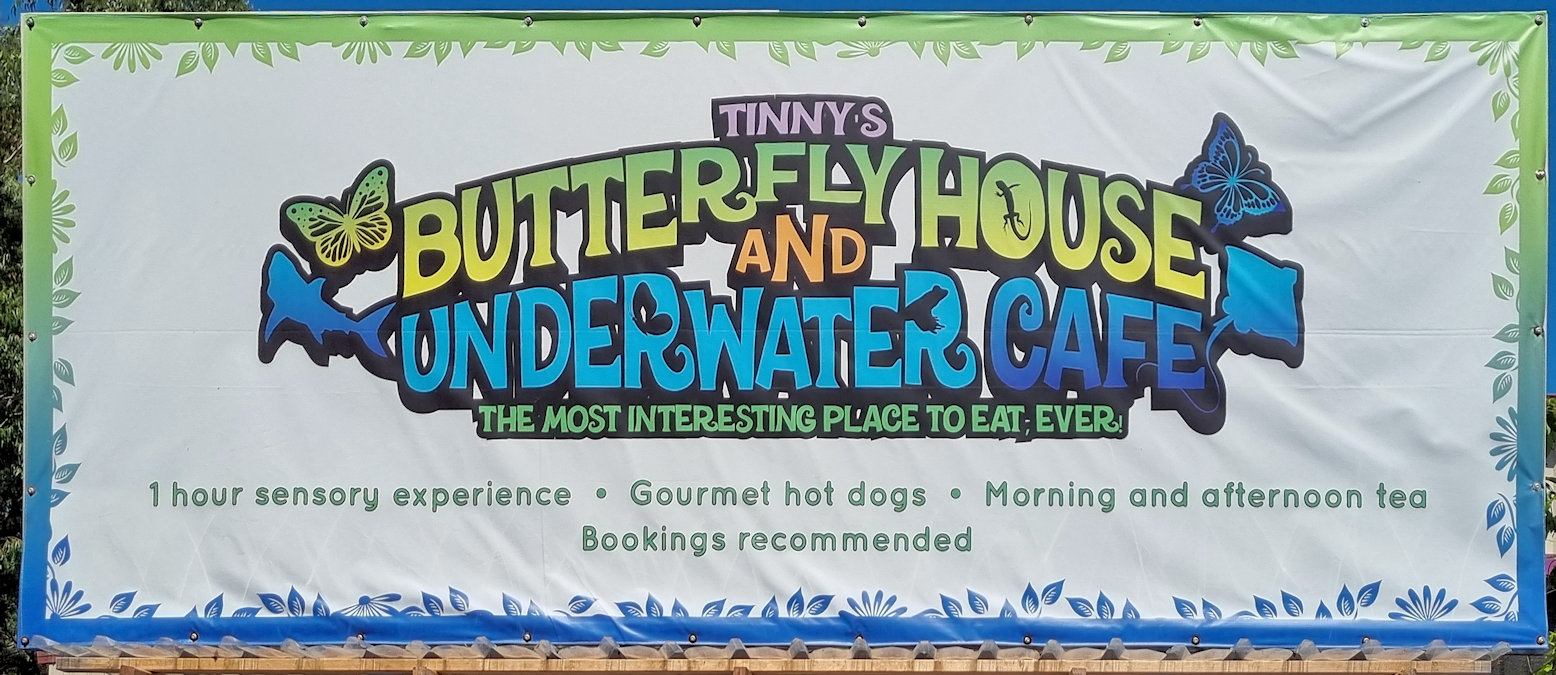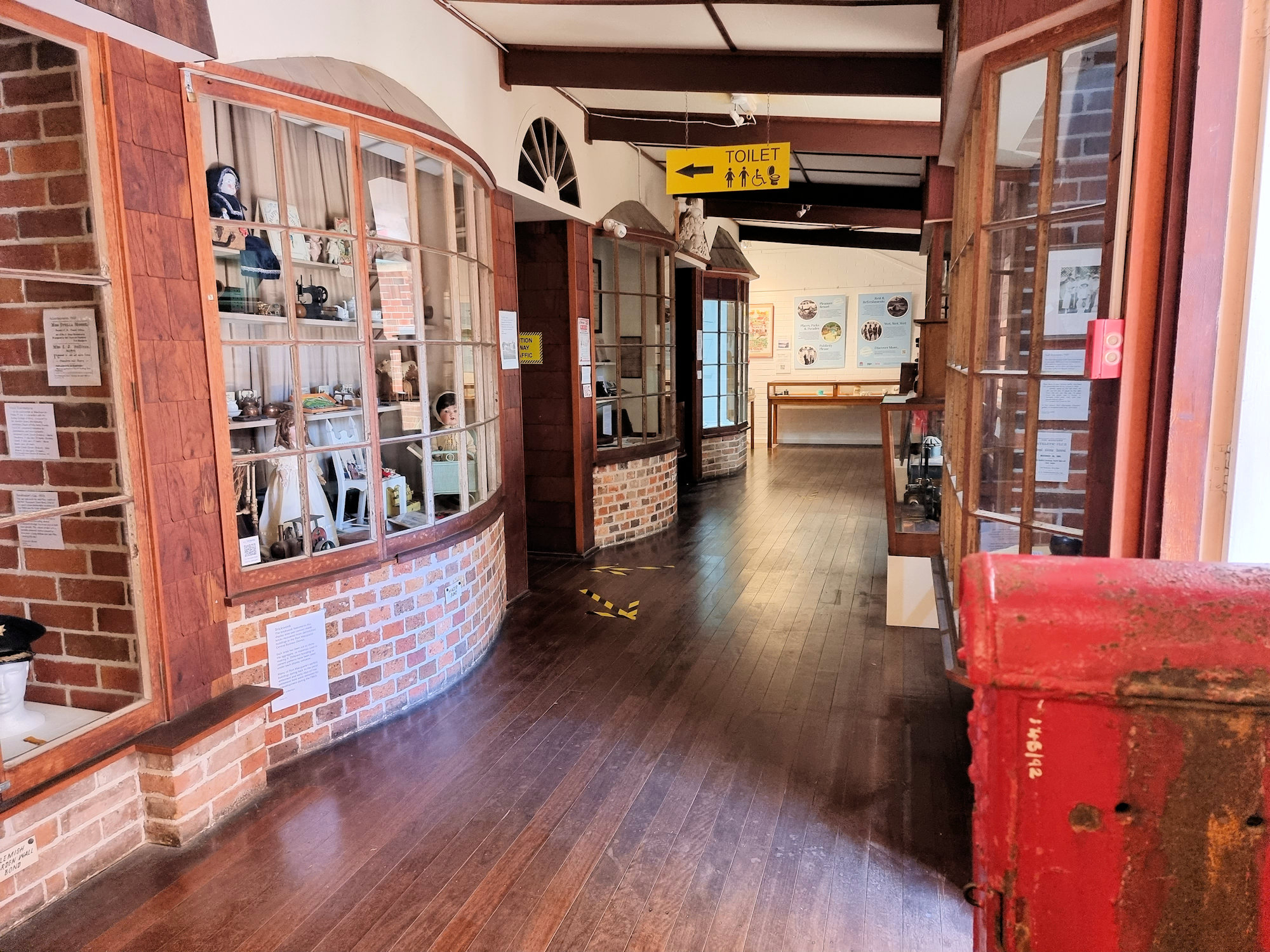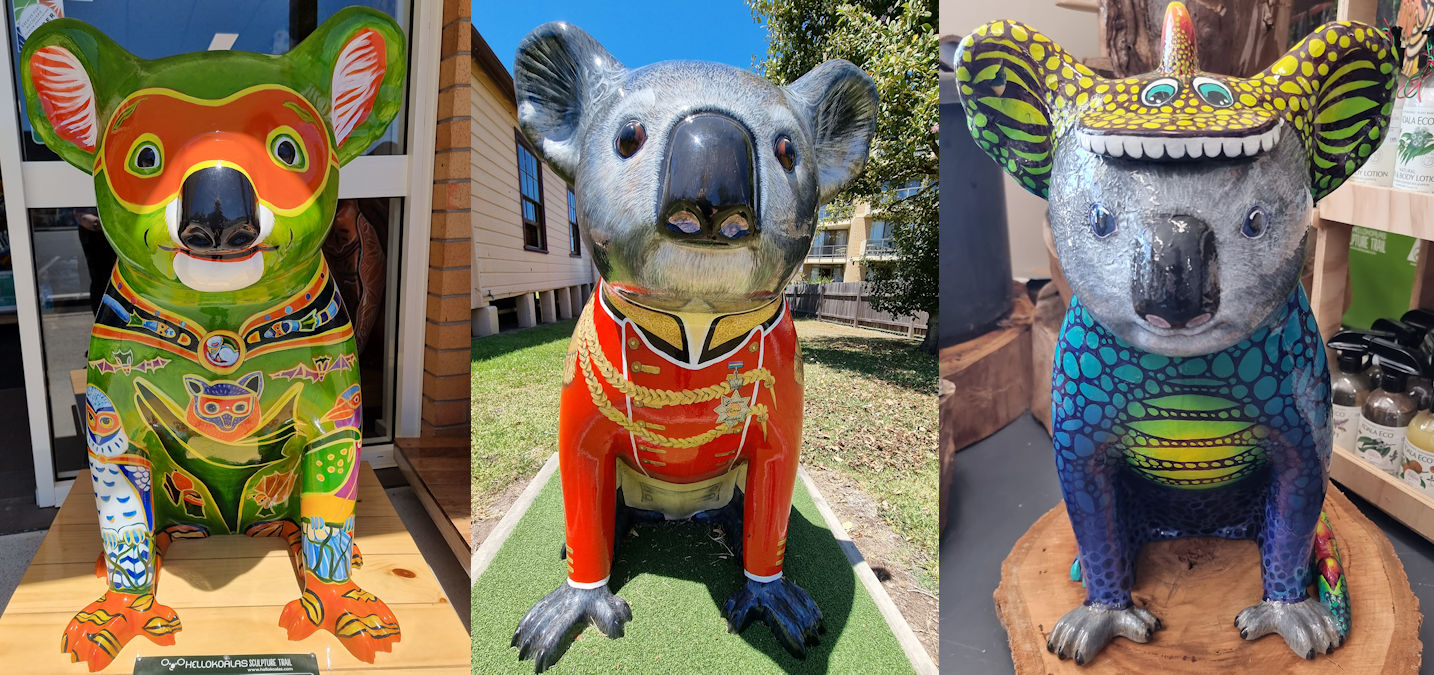Tag: NSW
-
Shark and Ray Rescue Centre

Shark and Ray Rescue Centre Port Stephens Based at Bobs Farm near Port Stephens, the Shark and Ray Rescue Centre is dedicated to the rehabilitation and rehousing of sharks and rays. An association with local Professional Fishermen allows injured sharks, rays, and other marine creatures caught as a by-catch to be saved. Getting There Housed… Read more
-
Port Macquarie Museum

Port Macquarie Museum Located in the centre of town, the Port Macquarie Museum preserves the area’s history from colonial settlement and its dependance on the timber industry to the tourist destination it is today. Parking is available on street, or you can walk there from your accommodation, depending where you are staying. The Museum Divided… Read more
-
Hello Koalas Sculpture Trail Port Macquarie

Hello Koalas Sculpture Trail Port Macquarie Located all over Port Macquarie and its surrounding districts on the NSW mid-north coast, the Hello Koalas Sculpture Trail is a fun way to find your way around town. With many businesses and attractions sponsoring one or more of the sculptures it’s also a great way to make finding… Read more